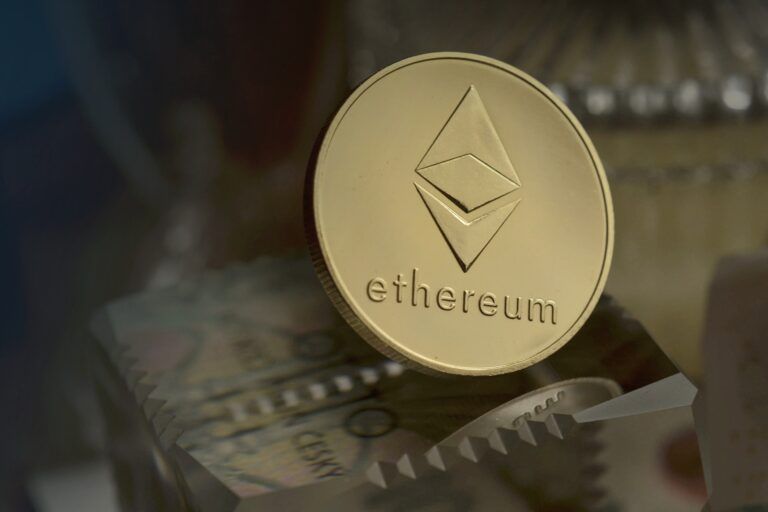On 4 October 2024, Matthew Sigel, Head of Digital Assets Research at global investment firm VanEck, along with investment analysts Patrick Bush and Nathan Frankovitz, published a blog post titled “VanEck Crypto Monthly Recap for September 2024,” where Sigel discussed Ethereum’s recent underperformance compared to Bitcoin (BTC) and Solana (SOL). Sigel stated that ETH is up 14% year-to-date, trailing behind BTC (+49%) and SOL (+52%). According to Sigel, this underperformance is due to the implementation of EIP-4844 on 13 March 2024, which significantly altered Ethereum’s economic model.
Sigel explained that EIP-4844 created a new transaction layer for Layer-2 (L2) blockchains to post data at lower costs, reducing their demand for Ethereum’s blockspace. Sigel highlighted that L2s previously accounted for 20% of Ethereum’s blockspace, but that demand has since evaporated, resulting in lower Ethereum transaction prices. Sigel revealed that this change has caused Ethereum’s annual revenue to fall from $7.2 billion in March to $1.2 billion in September, flipping ETH emissions from deflationary (-1.15%) to inflationary (+0.34%).
According to Sigel, Ethereum adopted this model to expand blockspace capacity for mass adoption, a strategy similar to Solana’s focus on low-cost blockspace. However, Sigel noted that short-term investors have lost confidence in ETH as a deflationary, dividend-like asset due to the reduced “take rate.” Sigel emphasized that EIP-4844 has fundamentally altered Ethereum’s business model, shifting its role from generating revenue through transaction fees to becoming a settlement and data availability layer for its L2s.
Sigel outlined Ethereum’s long-term vision, which assumes that L2s will scale to millions of users who will pay ETH for settlement, driving the value of the asset. However, Sigel cautioned that this framework relies on L2s remaining aligned with Ethereum, which, according to Sigel, is not guaranteed. He warned that the relationship between Ethereum and its L2s could fracture if economic conditions change, as L2s are closer to end users and could decide to leave Ethereum to capture monetary value themselves.
Sigel explained that blockchains like Ethereum and Solana compete on three fronts: economic value of blockspace, liveness (the ability to guarantee transactions), and safety (balance security). Sigel pointed out that Ethereum prioritizes liveness and safety, leaving economic value to L2s, while Solana focuses on maximizing Layer-1 (L1) economic value. Sigel highlighted that Solana has scaled its transaction throughput and offers lower latency, serving a larger user base and binding users directly to the SOL token, unlike Ethereum, which relies on intermediaries like L2s.
Despite Ethereum’s struggles, Sigel suggested that its censorship resistance and security still provide stronger property rights than Solana, making Ethereum a more secure and permissionless platform. Sigel mentioned that Ethereum’s developers could regain economic value by enforcing stronger alignment with L2s, such as requiring them to hold ETH for transaction sequencing or collateralizing ETH to use Ethereum’s transaction layer.
On 17 October 2024, Sigel took to social media platform X to comment further on Ethereum’s shifting fundamentals. Sigel clarified that VanEck’s $22,000 price target for ETH is for 2030, while their 2024 Election Prediction target is separate. However, Sigel acknowledged that Ethereum’s changing fundamentals suggest that an update to their valuation model is necessary.
Sigel explained that their original model assumed a 50:50 split in total value locked (TVL) between Ethereum and L2s, as well as a 50:50 split on maximum extractable value (MEV), which they estimated at 0.10% of TVL annually. According to Sigel, this assumption has not changed and reflects the current reality. However, Sigel noted a major discrepancy in the split of transaction revenue between Ethereum and L2s. While the original model assumed a 90:10 split in Ethereum’s favor, the actual split over the past four months has been 10:90 in favor of L2s.
Sigel said that this shift demonstrates that L2s are taking significantly more value from Ethereum than initially expected. He went on to say that if this 10:90 split remains, VanEck’s price target for ETH would drop by two-thirds.
Featured Image via Pixabay









